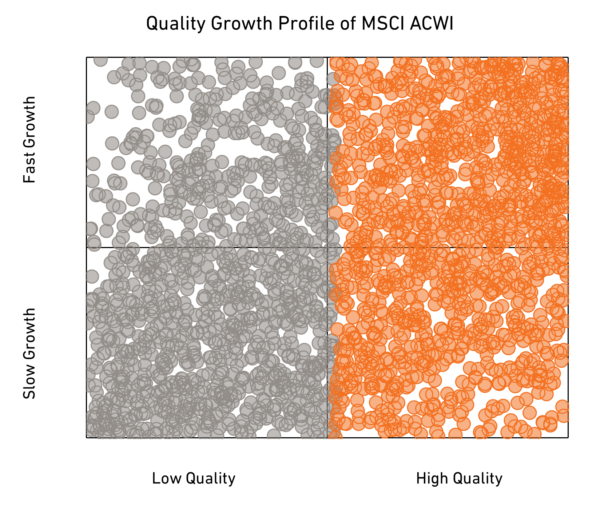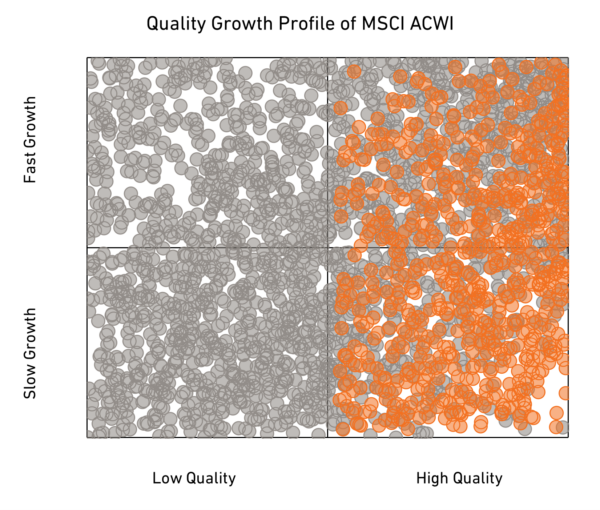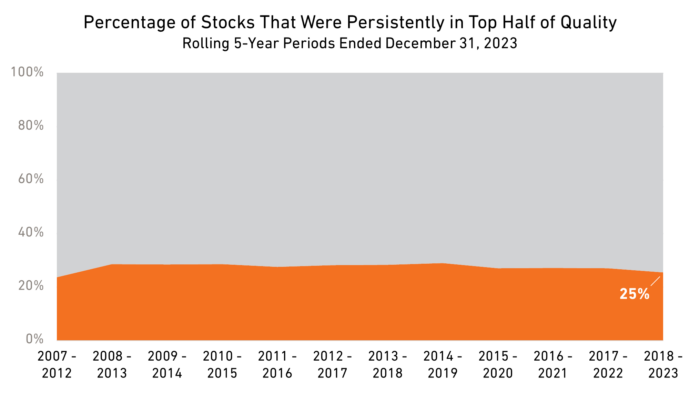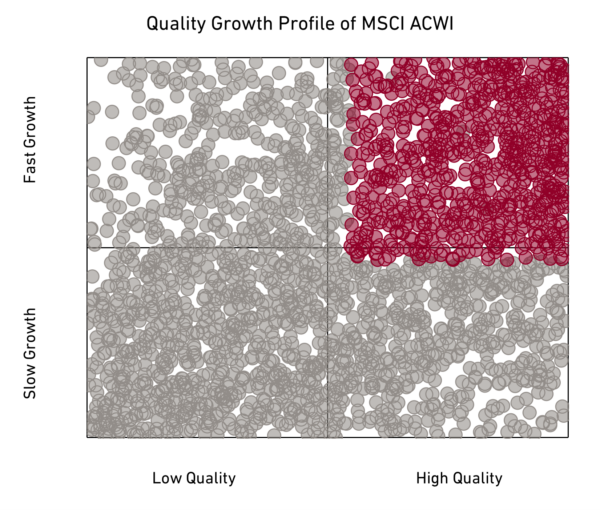While challenges in China persist, Chinese companies look better than China’s economy.
Some key parts of the Chinese economy continue to stabilize. Manufacturing activities expanded in March for the first time in six months, led by new orders from domestic customers as well as by export orders. The government is pushing for more domestic production in strategic industries such as green technology and advanced manufacturing. Growth in services activities has remained good, with travel and tourism continuing to rebound. We are also seeing increasing localization as Chinese companies prefer Chinese suppliers over multinational corporations to de-risk their own supply chain. This is leading to domestic market-share gains for many companies. Finally, valuations for some high-quality companies look compelling at these levels.
Quality growth stocks in China have derated significantly since 2019 and are now trading at a nearly 40% discount to developed-market counterparts and emerging markets (EMs) as a whole. Conversely, while valuations of Indian companies have moderated slightly over the past year, they continue to be expensive relative to the rising valuations in developed markets. Quality growth stocks in India still trade at a significant premium to other EMs.
India’s evolving economy is promising, as witnessed by our analysts on a recent trip to the country; however, the stock market rally in response has probably gone too far, especially with regards to small and mid-cap stocks. Today, valuations remain stretched across most sectors.
Note: Top QG quadrant is defined as companies with a QR score > 0.5 and a GR score > 0.5. VR Score based on weighted average.
What did you think of this piece?










